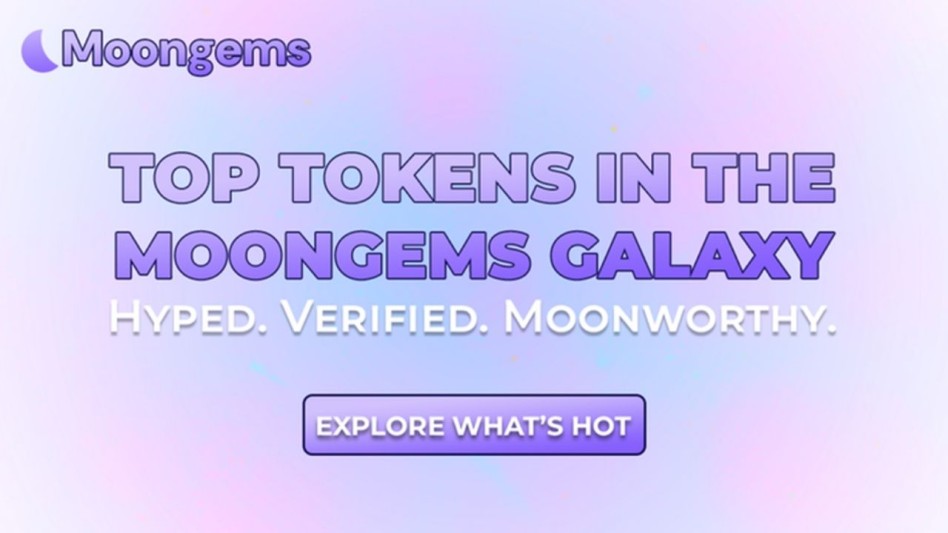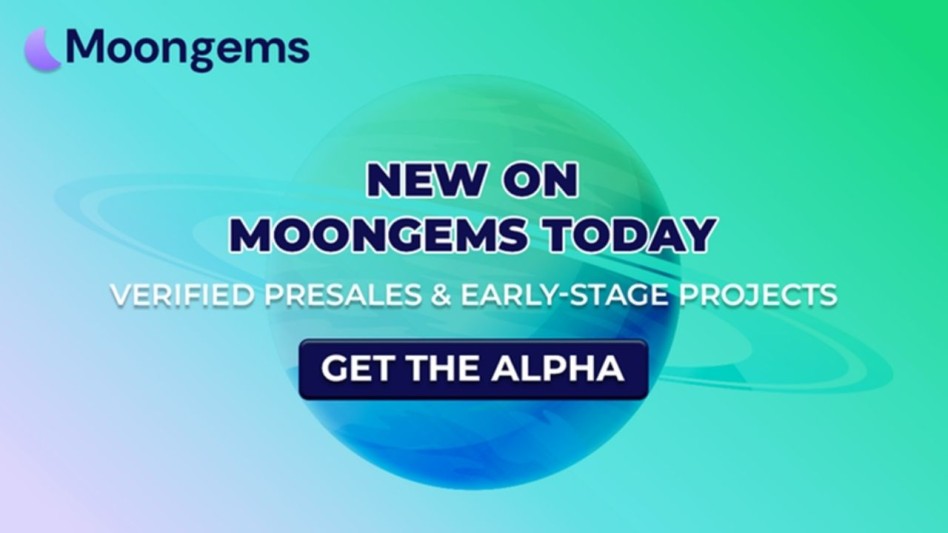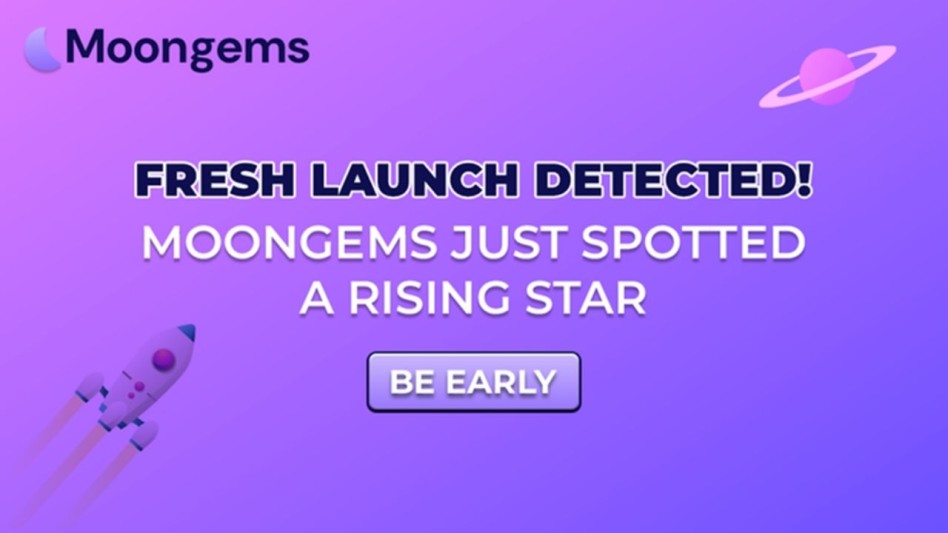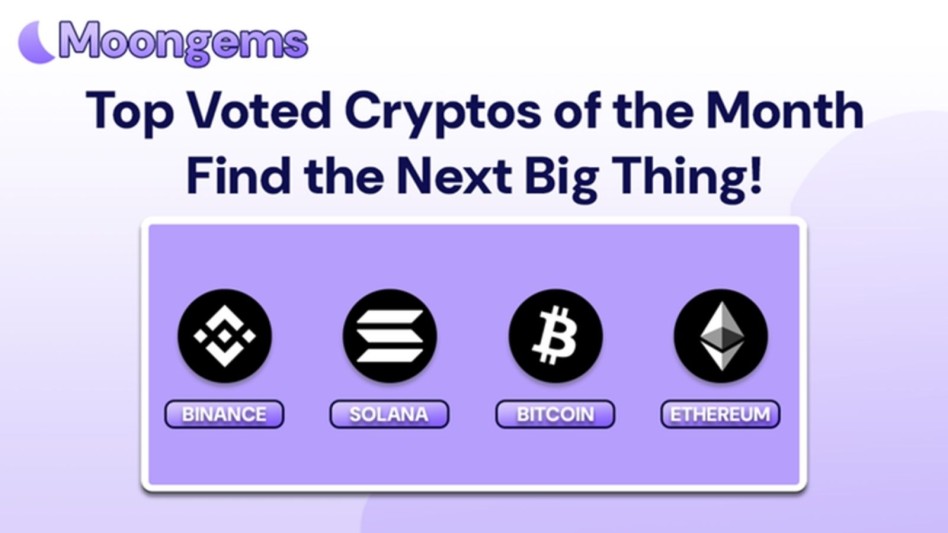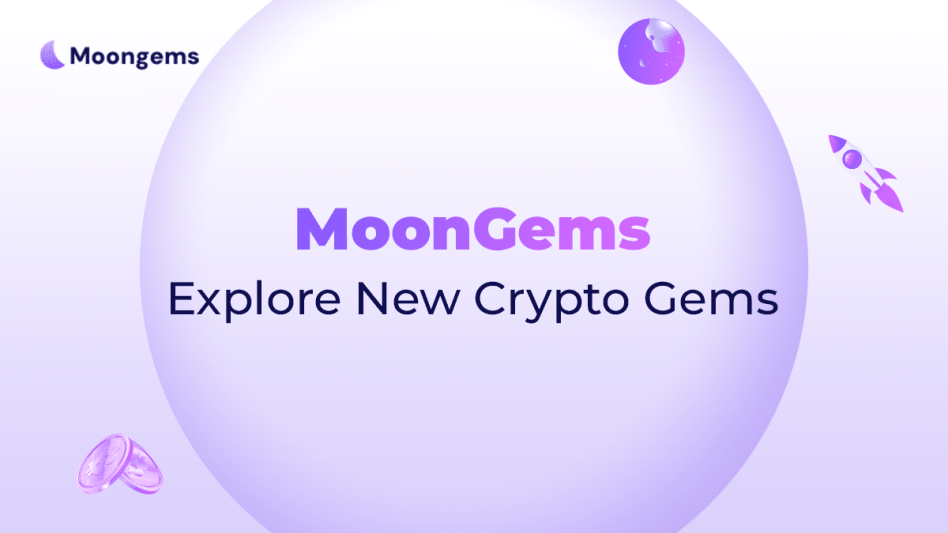Author: Jawad Hussain – Crypto Analyst & Web3 Researcher | 9+ years tracking presales, IDOs, and token launches. Follow him on Twitter and LinkedIn.
Early access often promises high returns in the fast-moving world of crypto presales. But this opportunity has a dark side: projects that never intend to launch. These are vapor presales — hollow shells wrapped in slick marketing, designed to exploit investor excitement without delivering a product, roadmap, or token utility. They’re not just high-risk; they’re often outright scams.
This article will walk you through five critical signs that a crypto presale might be vapor — and how you can protect your capital from disappearing before the token ever hits an exchange.
What Is a Vapor Presale?
A vapor presale refers to a crypto offering that has no actual product, development activity, or legitimate plan to fulfill its promises. These presales usually feature flashy websites, recycled whitepapers, vague roadmaps, and anonymous teams. They prey on early-stage investor FOMO by mimicking the aesthetic of successful launches without backing it up with real fundamentals.
The risk isn’t just that these projects might fail — it’s that they were never intended to succeed in the first place. Their sole function is to collect funds and vanish, often leaving no paper trail or legal accountability. As presales become more accessible, especially on decentralized launchpads, the burden falls squarely on the investor to detect these red flags early.
1. No Technical Proof of Work Exists
The clearest sign of a vapor presale is the absence of any verifiable technical work. This includes a lack of a GitHub repository, no deployed or audited smart contract, no functioning dApp, and no signs of development progress. While it’s true that some legitimate projects are built privately until launch, total opacity is a red flag.
One method to verify authenticity is to search for the project’s GitHub or GitLab and assess its activity. If the repositories are empty, forked from unrelated projects, or have no recent commits, that’s a significant concern. You should also check whether a smart contract has been deployed on a testnet or mainnet. Using blockchain explorers, you can confirm whether a contract address exists and has been verified or audited by a trusted third party. Vapor projects tend to provide vague promises about “audit coming soon” without actual links or timelines.
Additionally, if the project claims to be building a decentralized protocol, metaverse, or blockchain layer, it should have some form of prototype, wireframe, or beta screenshot available. If all you’re seeing is a countdown timer and meme-heavy marketing, that’s not development—that’s distraction.
2. Anonymous or Fabricated Team Profiles
Trust begins with accountability, and vapor presales often hide behind anonymous teams or use entirely fabricated identities. While pseudonymity is sometimes tolerated in legitimate crypto projects, the team usually has at least some verifiable background — LinkedIn profiles, past project involvement, or recognitions in the space. Vapor projects, on the other hand, often feature fake photos, AI-generated bios, or names that can’t be traced to any online history.
Always do a reverse image search on team profile pictures. If the images appear on stock photo sites or unrelated profiles, that’s a clear indicator of deception. Next, search their names on LinkedIn and cross-reference their claimed experience. Do they appear in relevant groups, publications, or company directories? You should think twice if the founders are only active on Telegram and never reveal their identity beyond a cartoon avatar.
More sophisticated vapor presales may create fake interviews or Twitter threads to simulate credibility. But if their online presence began only weeks before the presale announcement, that’s not legacy — that’s fabrication. Real teams leave digital footprints.
3. Whitepaper Is Generic or Copied
The whitepaper is often marketed as the intellectual backbone of a project. In vapor presales, it’s usually nothing more than copy-paste filler. If the whitepaper contains vague language, overused buzzwords, or lacks specific technical explanations, that’s a red flag. Look for sentences like “disrupting the DeFi ecosystem” or “revolutionizing NFT liquidity” with no underlying mechanics described. Without discussion of consensus mechanisms, token utility, smart contract flow, or ecosystem structure, you’re reading fluff — not fundamentals.
Even worse, many vapor projects plagiarize whitepapers from legitimate projects, changing only names and logos. Tools like Copyscape or basic Google search can help identify duplicate content. Real projects use the whitepaper to provide detailed insights, not to impress with buzzword clouds. A legitimate presale should have a document that addresses how the product works, not just why it’s exciting.
Also, check whether the whitepaper includes legal disclaimers, risk sections, token release schedules, and revenue models. A whitepaper without these elements is marketing material dressed as documentation — and likely a smokescreen.
4. Marketing Is Loud, But Details Are Missing
A classic trait of vapor presales is that they’re everywhere, yet they say nothing. You’ll see slick promo videos, paid influencer tweets, meme contests, and Telegram bots hyping the “next 100x” token — but almost no technical clarity, real documentation, or supportable claims.
Marketing is often used as a distraction from the absence of a working product. Vapor projects lean heavily on emotional triggers—urgency, scarcity, FOMO—without offering substance. Ask yourself: Is the content educational or just promotional? Do you leave their video or blog post knowing something new about their tech, roadmap, or governance model, or just feeling hyped?
Also, investigate who’s promoting it. Are the influencers known for quality research, or do they hype a new project every 48 hours? Real projects might use influencers but prioritize transparency, long-form content, and community discussion. Vapor presales use noise to mask their emptiness. Silence behind the scenes is often louder than the tweets.
5. Presale Structure Is Aggressively One-Sided
A final warning sign is a presale structure that clearly favors the project team over investors. This includes hidden token unlock schedules, overly large allocations to the founders, or vague vesting terms for private rounds. If the tokenomics aren't clearly disclosed, or are hidden behind complex or inconsistent charts, you're being kept in the dark on purpose.
One tactic often used in vapor presales is the promise of guaranteed listings or exchange partnerships, with no documentation or legal backup. Another is the claim that “everyone wins” with staking rewards, burns, or “buyback guarantees” that aren’t backed by any financial model. If the only explanation for value is “numbers go up,” walk away.
Real presales may carry some risk — that’s the nature of early-stage investing — but they are transparent about those risks. If you’re not told when or how you’ll receive your tokens, whether there’s liquidity locked, or what rights you have as a holder, you’re not participating in a project. You’re participating in a well-designed exit scam.
How MoonGems.io Helps You Detect Vapor Projects
While hype and FOMO can cloud judgment, platforms like MoonGems offer clarity through fundamental research, not speculation. MoonGems tracks presales across multiple chains, analyzing buzz and the complex data behind every token launch. Investors can use MoonGems to:
- Check for verified team identities and previous project involvement
- Review tokenomics with visual breakdowns and vesting schedules
- Confirm whether smart contracts are audited or testnet-deployed
- Track social engagement growth patterns versus paid campaign spikes
- Compare projects using objective filters (audit status, launch phase, utility, etc.)
This level of visibility is vital in spotting vapor presales early. MoonGems doesn’t just show what a project claims — it shows what a project can prove. For investors looking to avoid costly mistakes in 2025, this is not just helpful — it’s essential.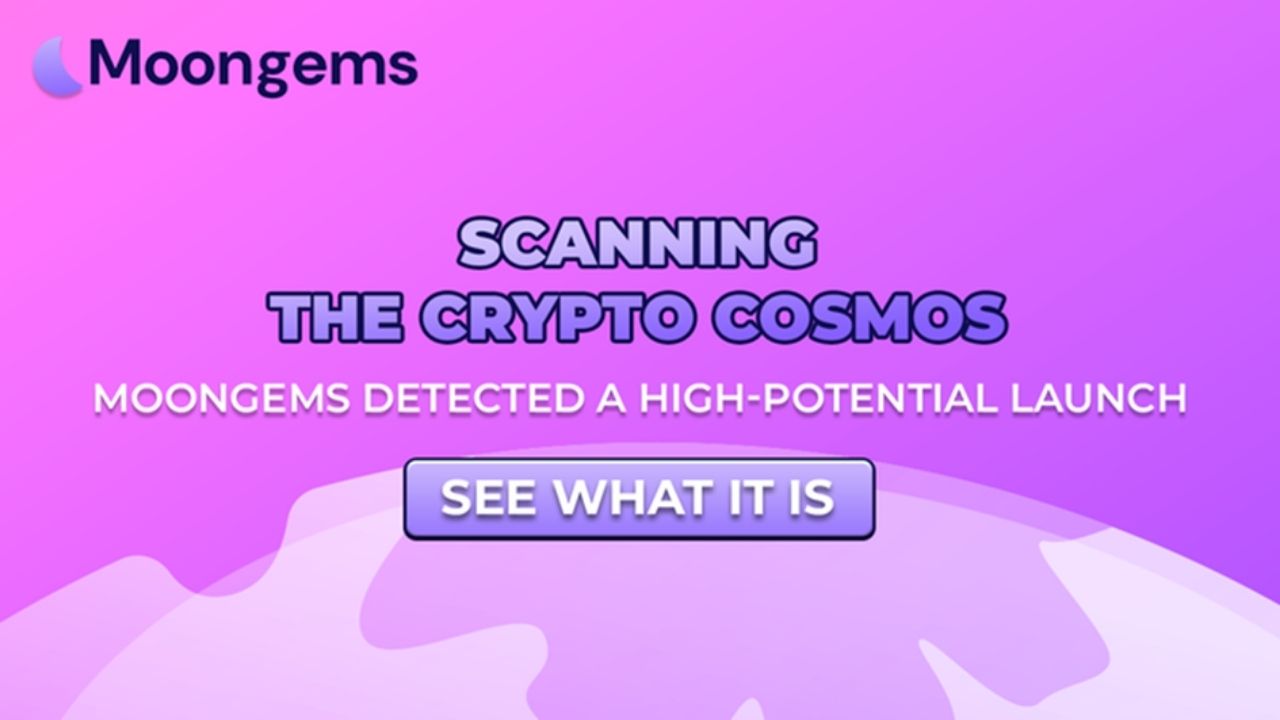
Conclusion
Vapor presales are not just bad investments — they’re engineered deceptions. In an ecosystem built on decentralization, where anyone can launch a token, the responsibility to filter signal from noise falls on the individual investor. Recognizing the red flags — no product, fake team, copy-paste whitepaper, marketing with no substance, and opaque presale terms — is your first defense against being misled.
But defense alone isn’t enough. You also need tools that cut through the noise and expose what’s real. That’s where MoonGems excels — offering an evidence-based lens to evaluate every presale before you commit a single dollar. Knowledge remains your greatest leverage in a market where vapor can move faster than truth.
Frequently Asked Questions (FAQs)
- What is a vapor presale?
A vapor presale is a crypto project that presents itself as legitimate but lacks any real development, utility, or intent to deliver on its promises. It is typically designed to collect funds and disappear. - How can I verify if a team is real?
Use LinkedIn, reverse image search, and check their project history. Real teams will have verifiable profiles, a history in the space, or active engagement on reputable platforms. - Is a flashy website a sign of legitimacy?
Not at all. Some of the most deceptive projects have the best-looking sites. Focus on whether the content shows proof of work, clear documentation, and logical structure. - What makes tokenomics suspicious?
Vague unlock terms, large team allocations, or guaranteed returns without explanation are all warning signs. Good tokenomics are transparent, fair, and align with the project's stated goals. - Where can I find legit crypto presales?
MoonGems.io is a trusted platform that evaluates presales based on fundamentals, not hype. It offers tools for analyzing tokenomics, audits, social growth, and roadmap execution.
Glossary of Key Terms
Vapor Presale – A crypto offering with no real product or technical foundation, often used to scam investors.
Smart Contract – A blockchain-based program that executes actions automatically based on rules.
Audit – A formal review of a project’s code by a third party to ensure security and transparency.
Tokenomics – The structure and economic model behind a cryptocurrency’s distribution and use.
Whitepaper – A technical document explaining a crypto project’s goals, features, and roadmap.
KYC – Know Your Customer; a legal process to verify identities of project teams or investors.
Liquidity Lock – A measure used to prevent token creators from withdrawing all funds post-launch.
MoonGems.io – A crypto research platform designed to help investors analyze early-stage projects.
GitHub – A platform for hosting and reviewing code, often used to verify development progress.
Decentralized Launchpad – A platform that facilitates early-stage fundraising without centralized oversight.
Disclaimer
This content is for informational purposes only and does not constitute financial advice. Always conduct your own research (DYOR) before participating in any token sale or presale. Investing in early-stage crypto projects carries significant risk, including total capital loss.



